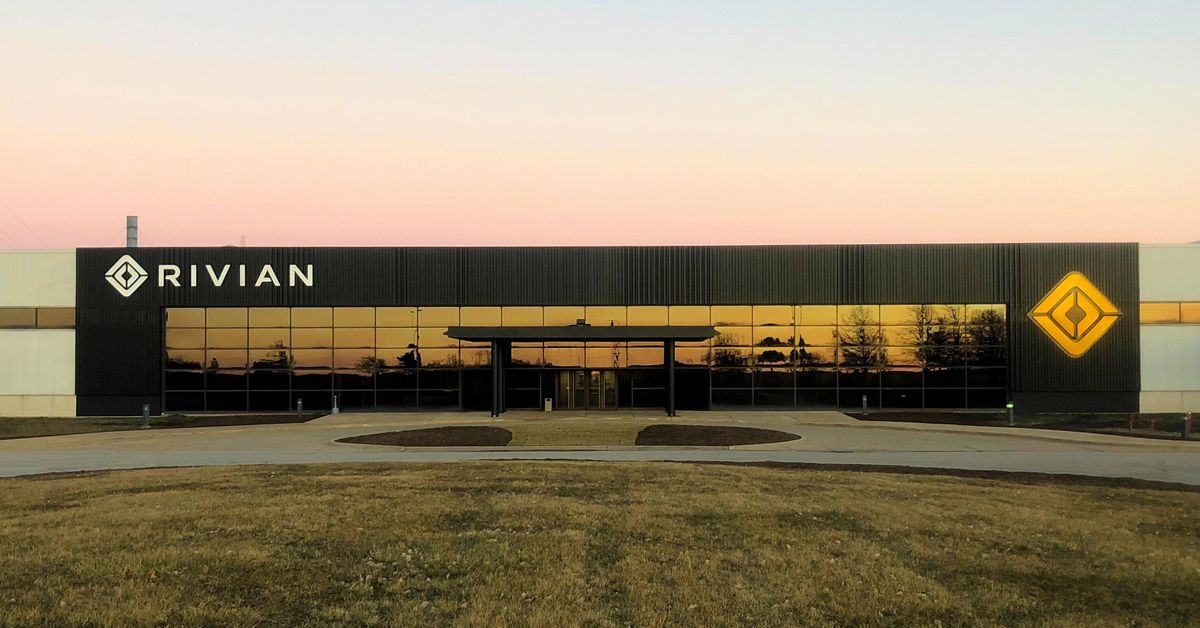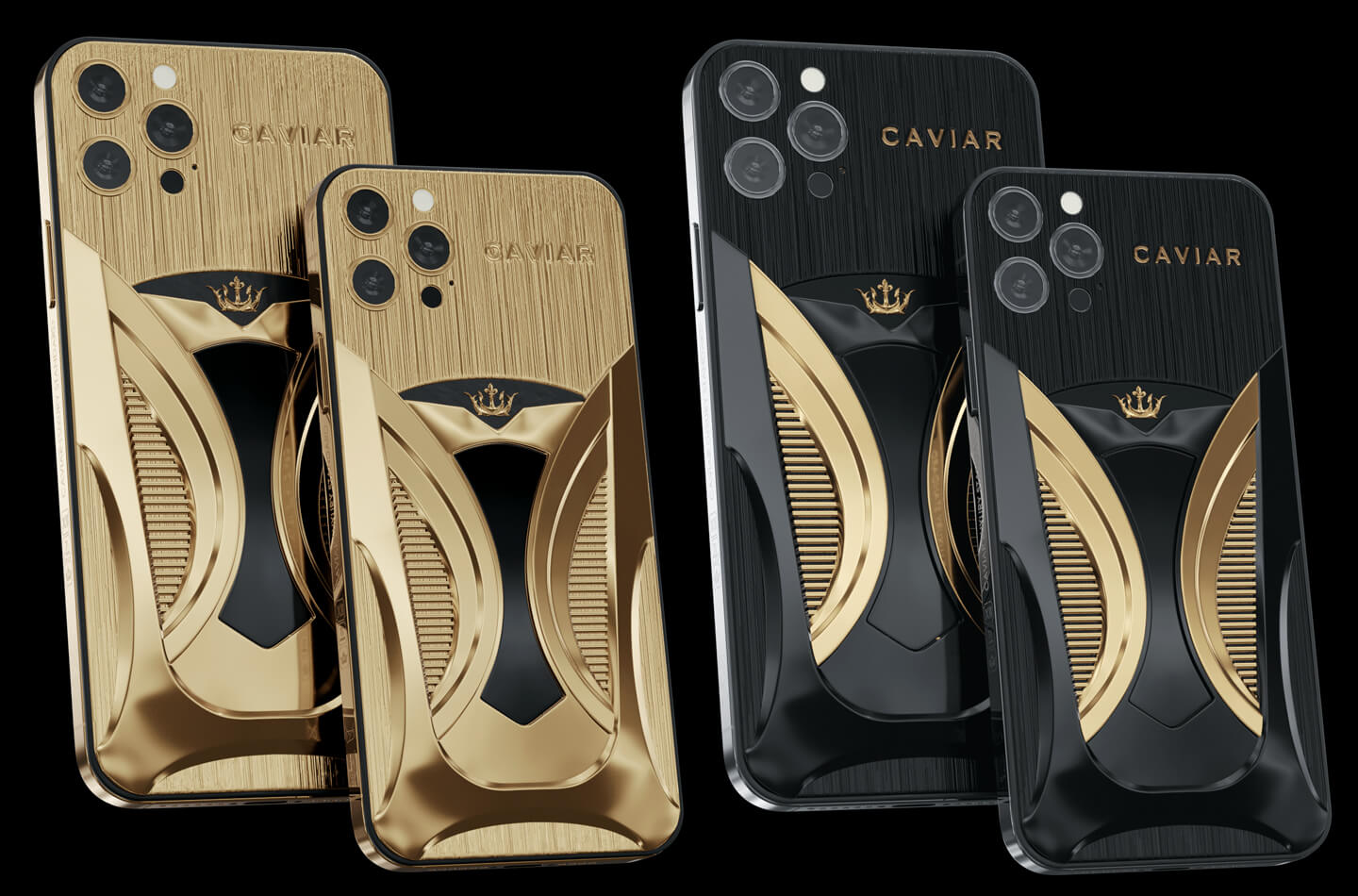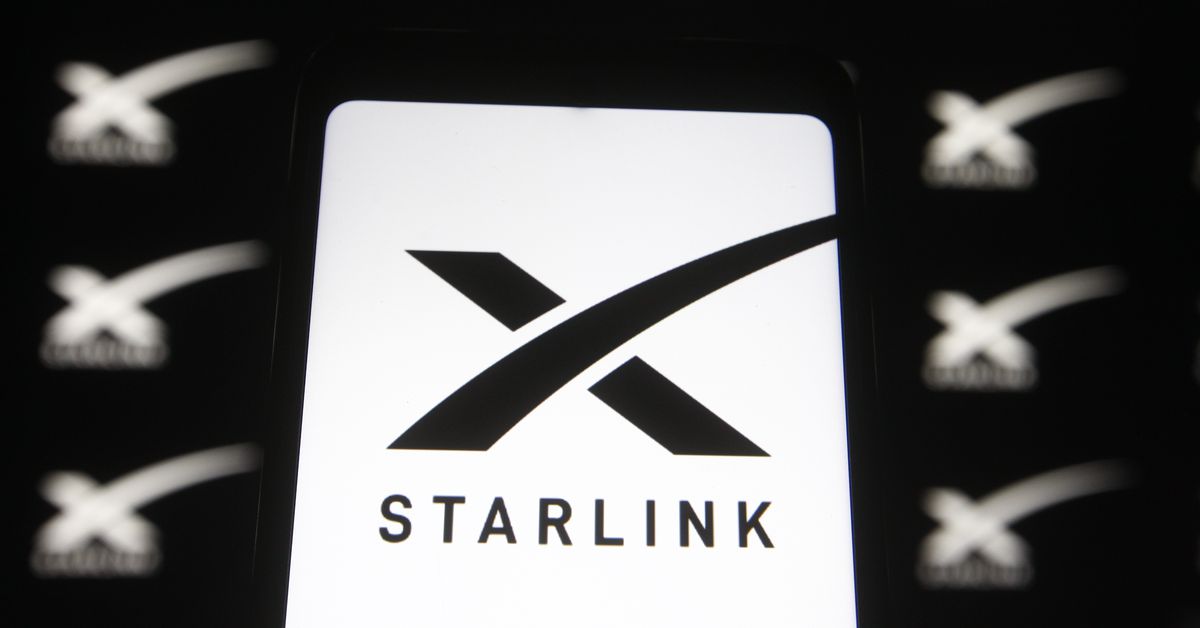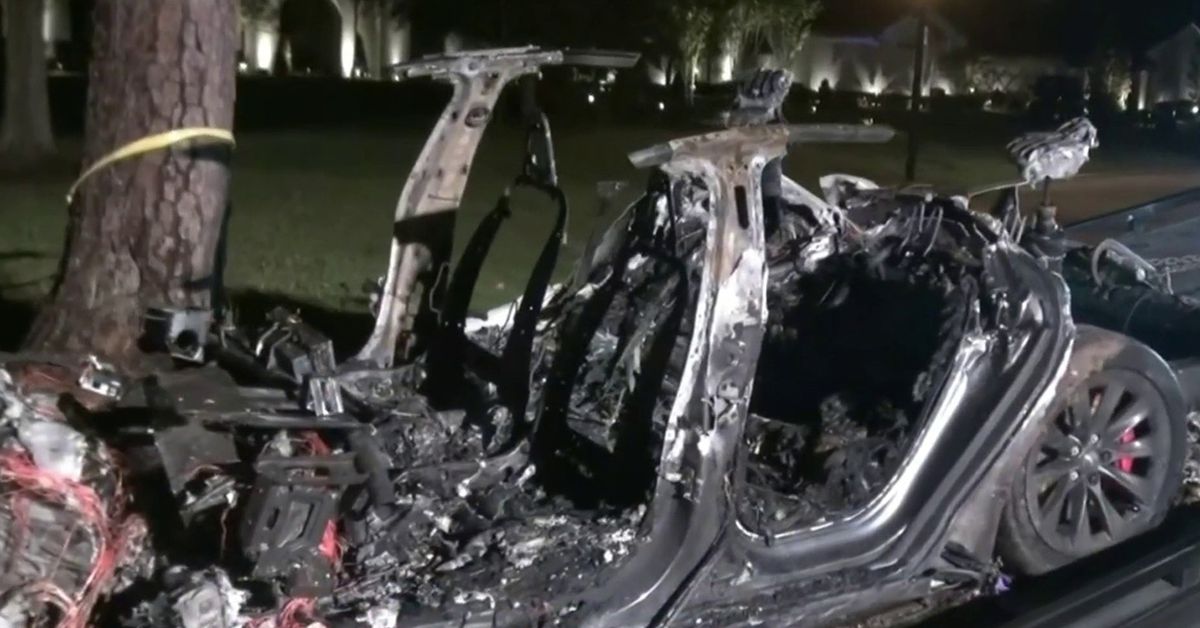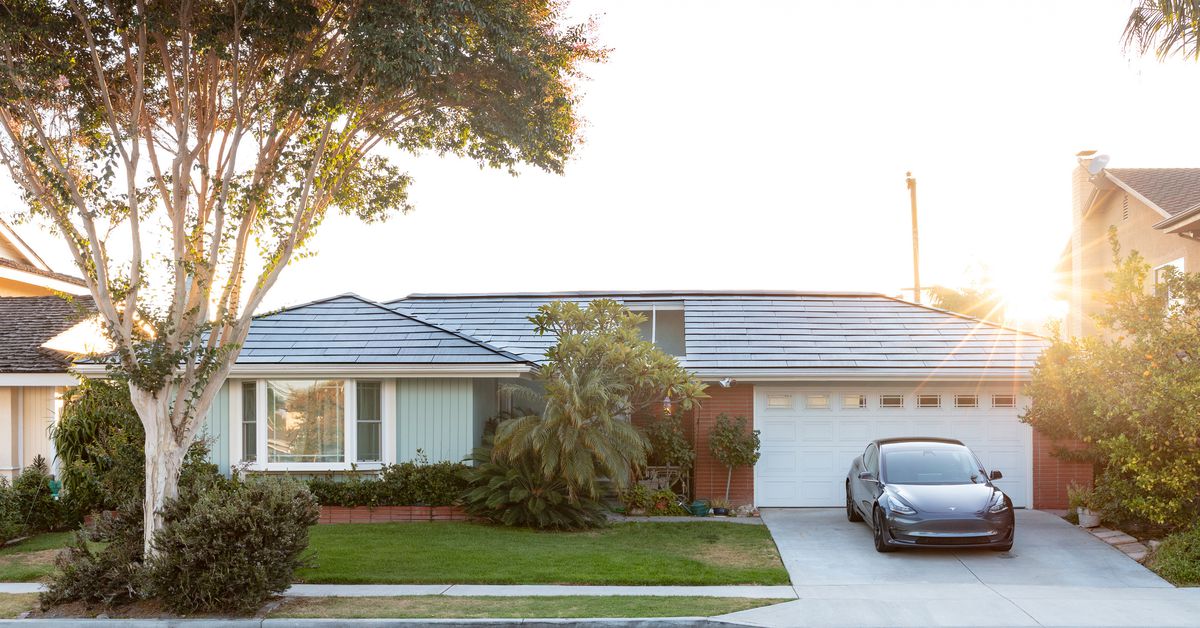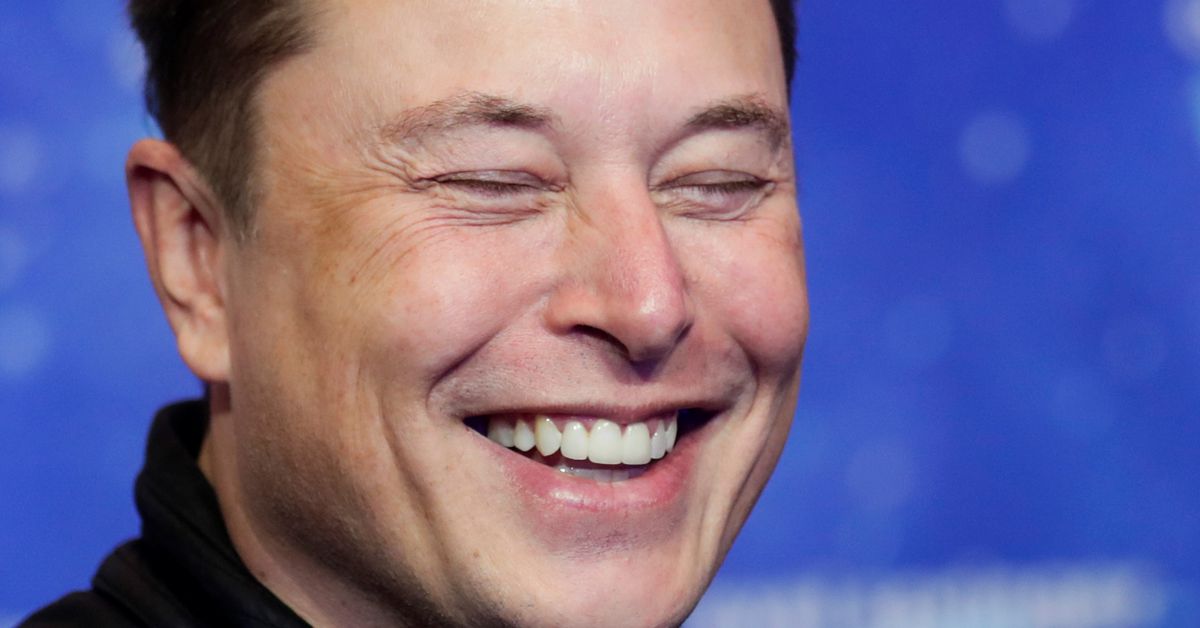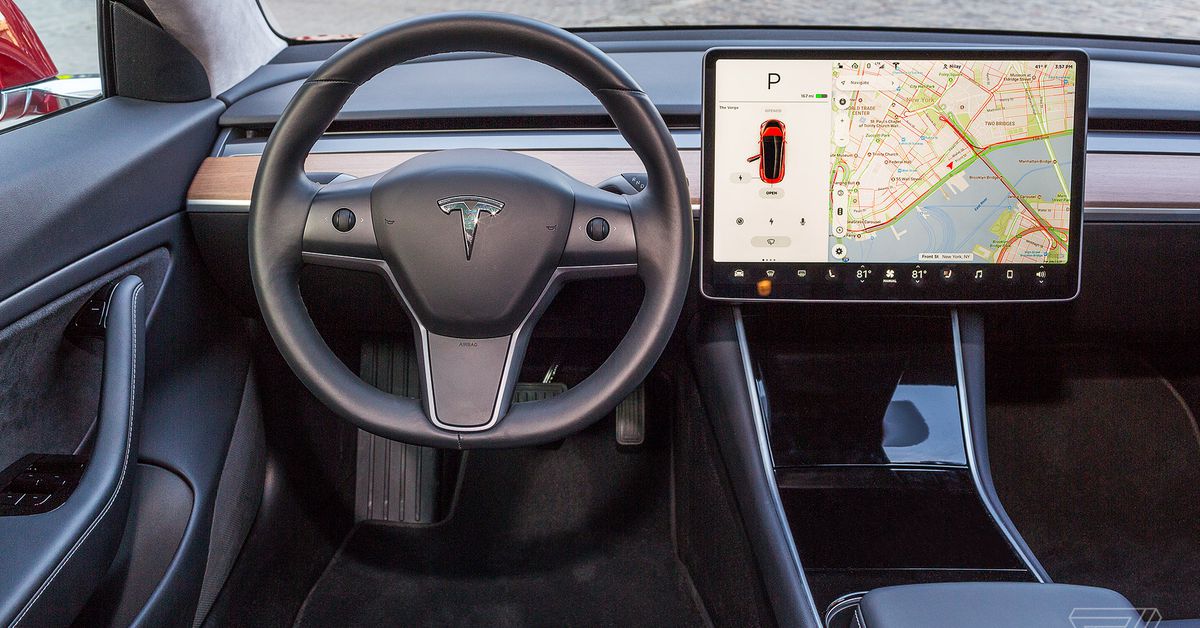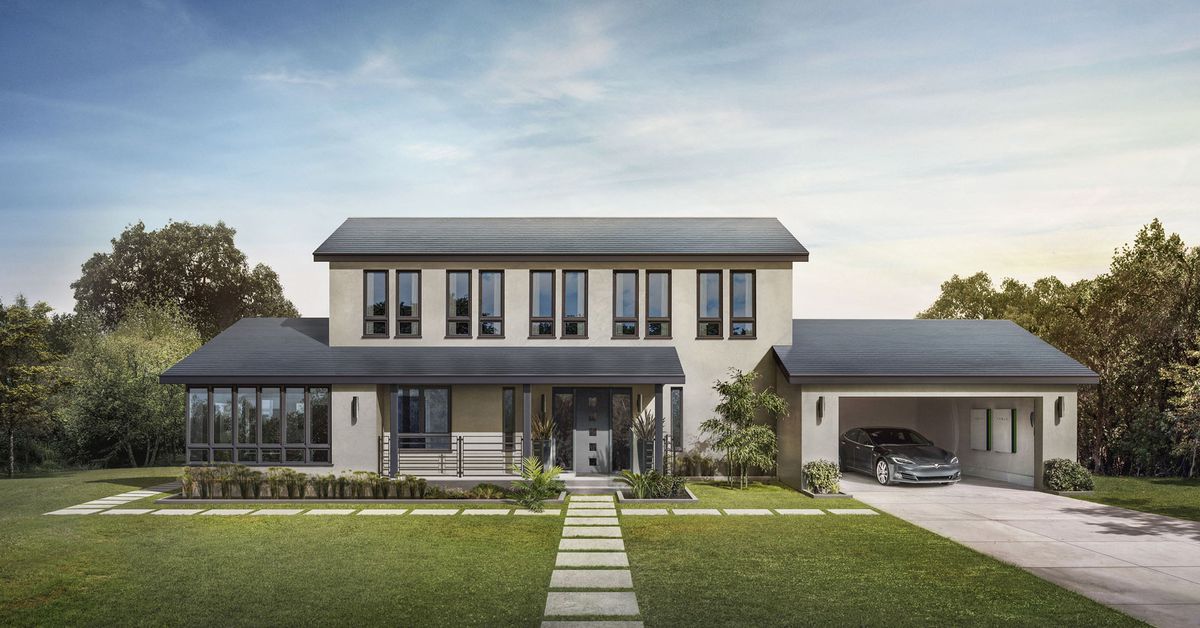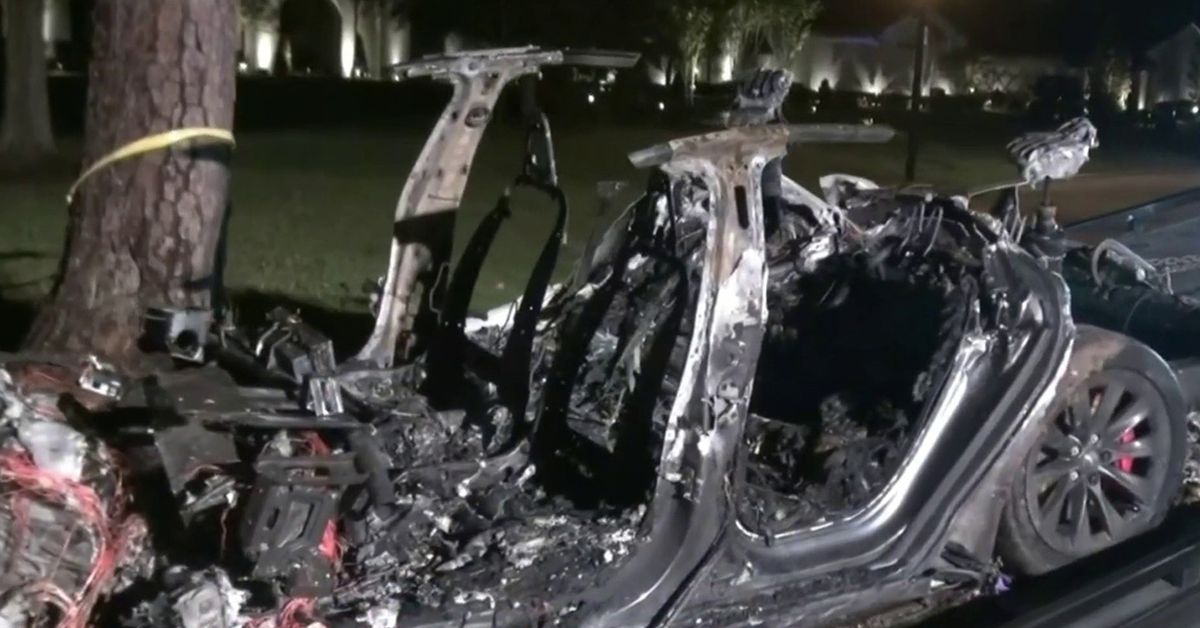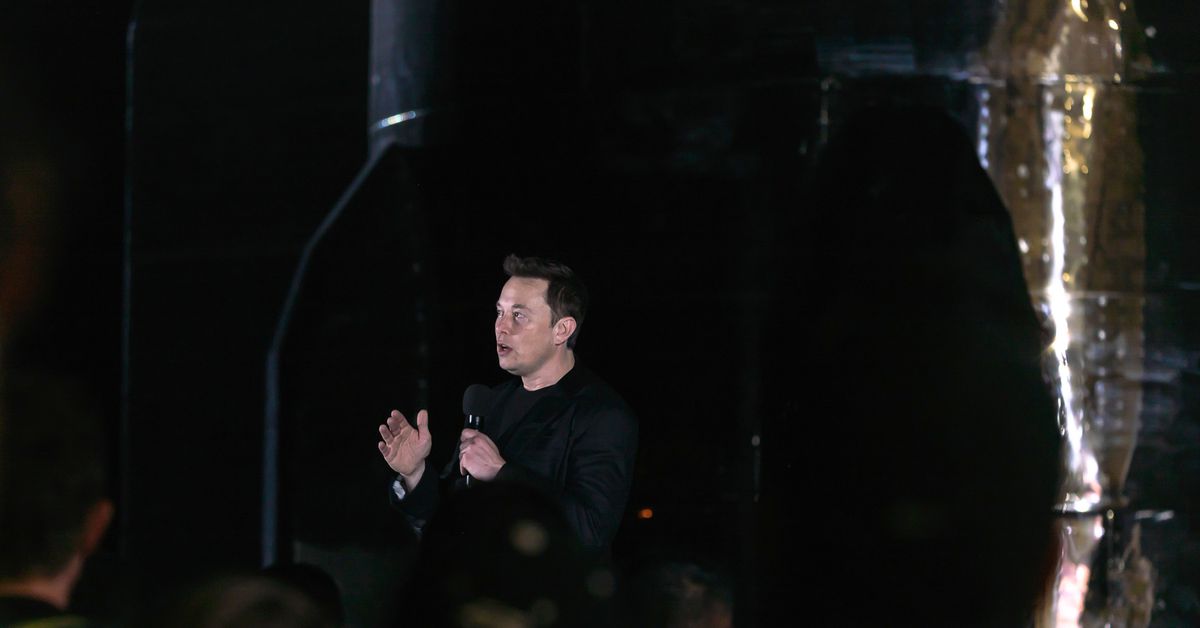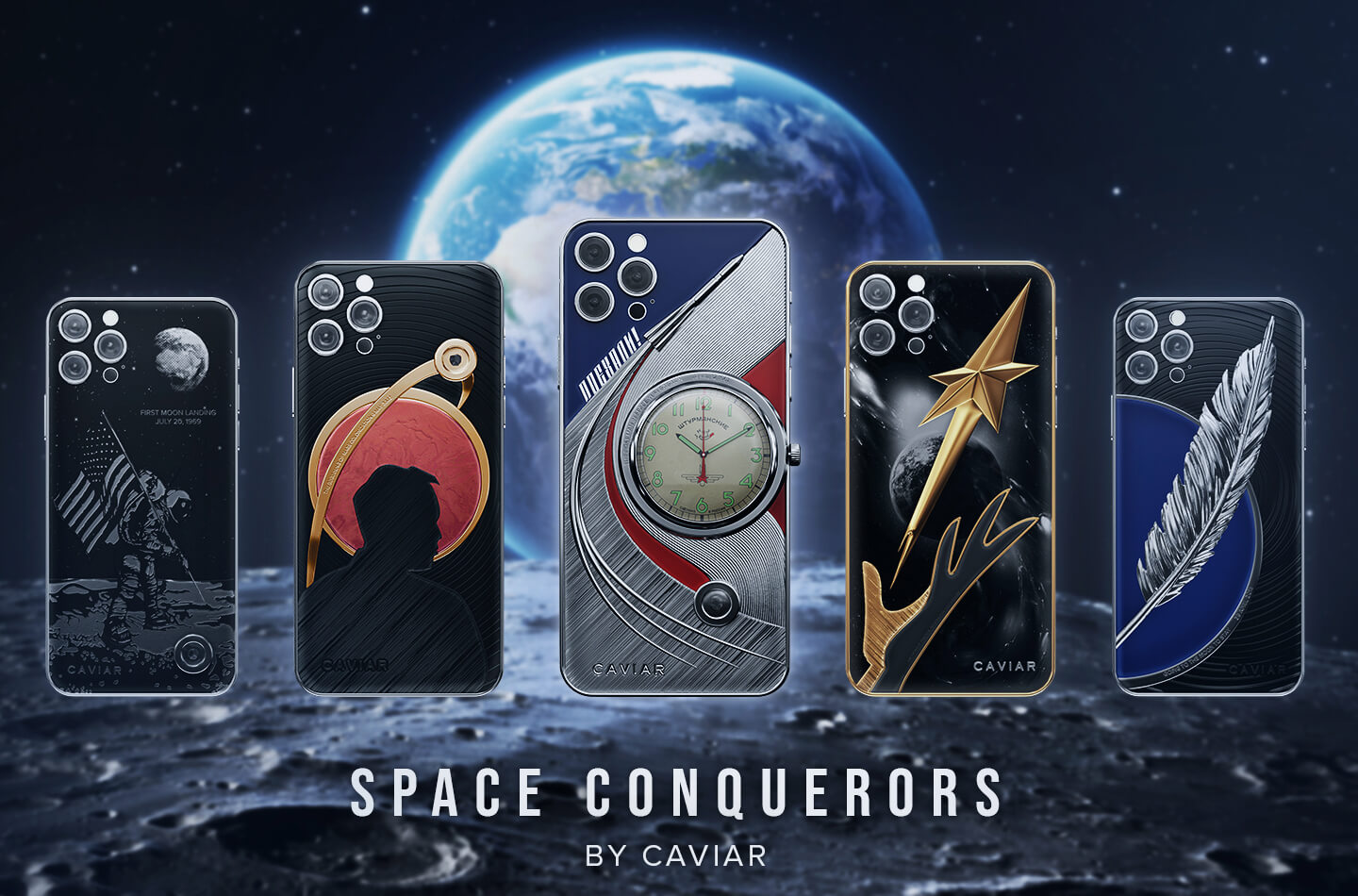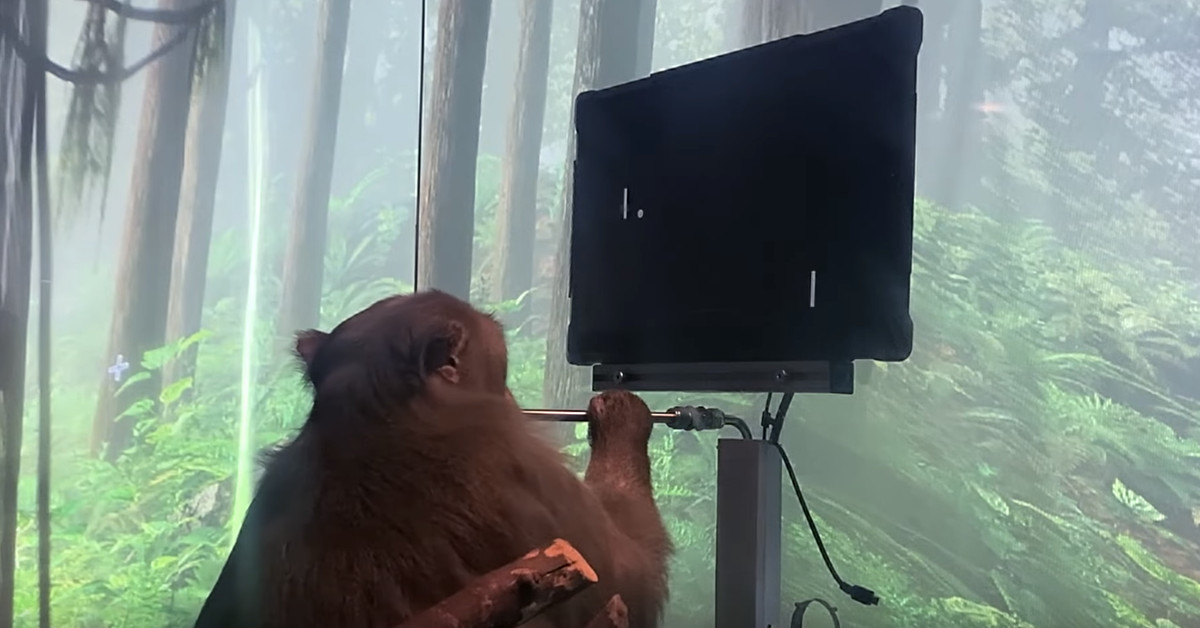The United Auto Workers union is “laying the groundwork” to organize factory workers that will build electric vehicles for startups like Rivian and Lucid Motors, president Rory Gamble told CNBC.
“That’s a given. We are formulating plans to go out to all these start-ups to give these workers a voice,” he said. “In today’s world, you have to think out of the box in how you reach people. We really have to drive home the benefits of belonging to the union.”
Gamble declined to say what those plans involve, according to CNBC. The UAW did not respond to a request for comment from The Verge. Representatives for Rivian, Lucid Motors, Faraday Future, and Lordstown Motors did not respond to requests for comment.
Factory workers who build cars for legacy automakers like Ford, General Motors, and others have long been part of the UAW. But that’s not been the case for newer automakers in the US. The factory Tesla operates was once jointly owned by Toyota and GM, and its workforce was represented by the UAW. But when Tesla bought the shuttered factory after the recession in 2010, it rebuilt the workforce without a union.
Since then, Tesla CEO Elon Musk has maintained that his factory workers are better off without union representation. He once wrote that the UAW “does not share our mission,” and claimed its “true allegiance is to the giant car companies, where the money they take from employees in dues is vastly more than they could ever make from Tesla.” (The UAW collects monthly dues ranging from 0.805 percent to 1.44 percent of a worker’s monthly earnings, depending on a number of factors.) The National Labor Relations Board ultimately ruled that Musk’s comments should be considered union-busting and broke the law.
While a lot of attention has recently been paid to organizing efforts in tech and media industries, the number of non-government employees who belong to a union has fallen slightly over the last decade. The labor rights movement took an especially public hit earlier this month when a push to unionize an Amazon warehouse in Alabama overwhelmingly failed.
Similarly high-profile efforts to unionize in the auto industry have also recently failed, like when the UAW tried to organize workers at a Nissan plant in Mississippi in 2017 or at Volkswagen’s plant in Chattanooga, Tennessee in 2019.
There are a number of EV startups that plan to build their vehicles in the United States. But, like Tesla, they have been assembling non-unionized workforces ahead of production at their respective factories. Many of them are also now flush with cash thanks to big investments or mergers with publicly traded special purpose acquisition companies.
Rivian, which is backed by Amazon and is the most well-funded of the bunch, is supposed to start assembling its electric pickup truck and SUV at a former Mitsubishi plant it bought in Normal, Illinois. Saudi Arabia-backed Lucid Motors will build its electric luxury sedan at a massive new factory it’s building in Casa Grande, Arizona. Faraday Future, which is going public sometime before the end of June, is partway through refurbishing and retooling a former Pirelli tire plant in Hanford, California, where it will build its luxury SUV.
One of the youngest EV startups in the country, Lordstown Motors, bought a shuttered GM factory in Lordstown, Ohio that was previously operated by UAW workers. The company’s CEO Steve Burns has said he was considering rehiring some of that workforce, but he told The Verge last year that it would be up to them whether they want to unionize.
“[I]t isn’t our call, but in case they do, we will embrace it and make sure the union knows what we’re trying to accomplish and see how we can work together to hit it out of the park,” Burns said. “The culture of the place is union, you know, the history. So we anticipate that to happen, to have union representation.”
